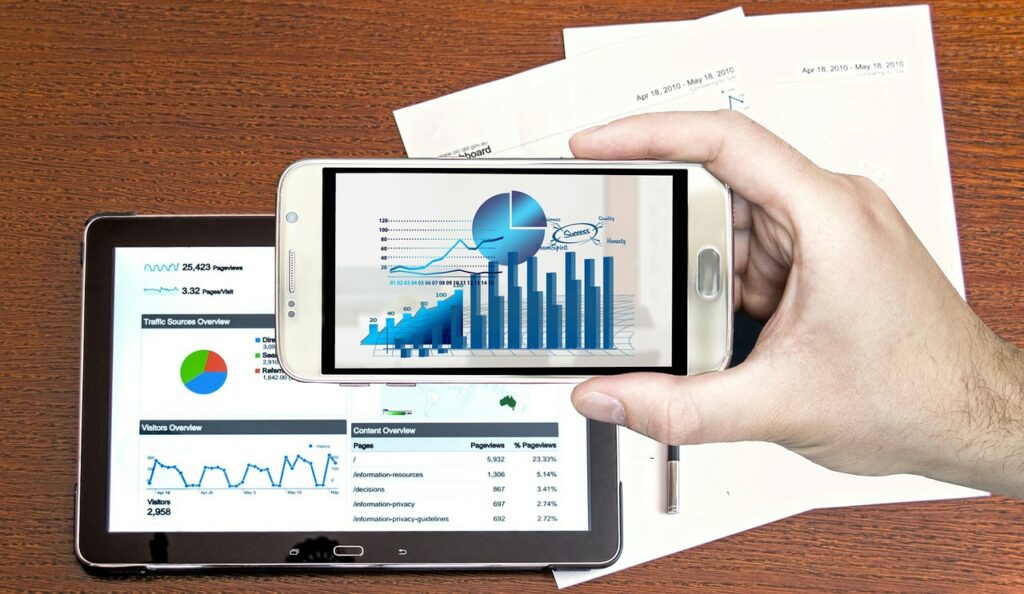
How to measure franchise performance, depending on the maturity of the business, can be based simply on financials. As the business grows, these measures can include metrics from different areas of the business that may include net promoter score and store audits, to name two.
For this post, we will focus on a measure of success that does not go away regardless of the size or maturity of the business – financial performance. Financials are simply the ability of a business to meet or exceed its projected targets. It is usually the income statement that is used as a measure of financial success in both the franchisee’s and the franchisor’s eyes. However, when running the day-to-day business, the cash flow statement plays an important role. Lastly, the balance sheet can give further insight into the health of the business.
Cash Flow Statement
A cash flow statement is one of the most straightforward tools you can develop independently. The cash flow goal is to measure outflows (what you’re paying out) and your inflows (what’s coming in). The delicate balance of running a business when you start is managing your cash flow and the timing of when payments are going out and coming in. In subsequent posts, we’ll spend time discussing how to set up a cash flow statement and how best to utilize this simple yet effective tool to manage the money in your business.
Income Statement
An income statement is one of the most critical financial statements businesses, investors, and analysts use to understand a company’s financial performance. Also known as a profit and loss (P&L) statement, an income statement summarizes a company’s revenues, costs, expenses, gains, and losses over a specific period, typically monthly, quarterly or annually. I’ll share the benefits of this statement and why franchise businesses need to prepare and analyze this statement regularly.
Balance Sheet
One of the more intimidating financial reports is the Balance Sheet. It’s a snapshot of a company’s financial position at a specific time. It shows the business’s assets, liabilities, and equity. It can provide critical information to help you make informed decisions about your business. Think of the balance sheet in terms of every dollar spent or invested should be balanced by a dollar in assets. Hence the term balance sheet, liabilities/shareholder equity, should always equal your assets.
Here are helpful links for the series:


